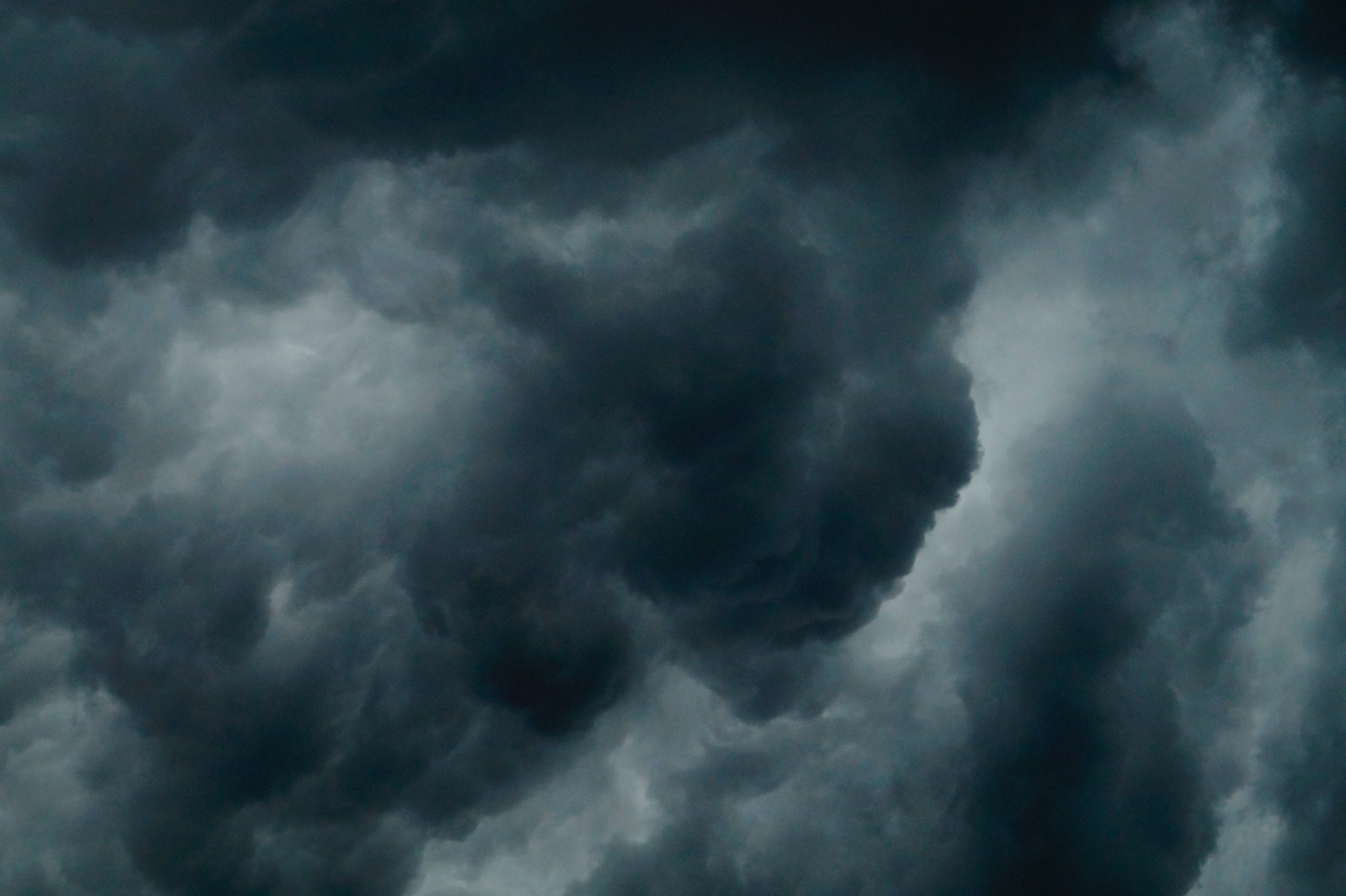What potential hazards are caused by adverse weather?
We urge anyone owning automatic or manual gates to check the device for damage inflicted after adverse weather conditions, which could contribute to a potentially lethal accident.
The aftermath of storms / heavy wind or frost is the perfect time to check your automatic or manual gates to see if there has been any damage which could lead to unexpected problems.
Foundations
Constant rain combined with heavy winds will have tested the foundations of any established gates, possibly resulting in a less stable structure, especially if the area has been flooded.
Posts
The whole configuration of the posts of a new gate installation will have been put under severe pressure during a storm; in addition, the conditions may have highlighted the fact that the foundations are undersized and consequently they may now be showing signs of failing.
Hinges
Hinges which were already showing signs of wear and tear will have been put to the ultimate test during high winds and may now be perilously close to a total failure.
If the gates were operated during the strong winds this would have put all of the various hinge points under immense pressure. This includes not just the gate hinges but also the ram pivots. If the latter were broken this represents a significant risk since the automated gate would now be capable of inflicting serious damage.
Gate operator
High winds might identify the fact that the force on the gate is not set high enough so there may be a subsequent requirement to adjust the force of the gate operator to enable the gate to run smoothly. However, if the opening and closing force is increased the safety devices need to be reviewed to ensure they are adequate.
Photocells / pressure edges
If the gate is unreliable after bad weather this may be because of false safety activations caused by water ingress into photocells or safety edges. Debris such as leaves or mud may be obscuring a photocell beam which would stop the gate from moving and if water was to penetrate a safety edge, this would have the same effect. It is important that when the gate is being maintained that the weatherproofing of edges and photocells is checked and reinforced if required.
It is also worth remembering that edges will react very differently in the cold weather and may need a greater force for them to operate.
Sliding gates
After any adverse weather it is worth checking the run back track to ensure there is no build up of ice or leaves which will affect the gate’s ability to operate.
What next?
All automated and manual gates should be checked on a regular basis as a matter of basic housekeeping but when an installation has been exposed to excessive weather challenges, an immediate risk assessment post the event should be a priority. We also suggest that all gates should be inspected for any signs of wear and tear, rust or cracking, all of which could be signs that the gate may be in need of remedial works to maintain its safe operation.
Always seek out a suitably trained and competent professional to check the gate is safe, to find a Gate Safe Aware Installer visit www.gate-safe.org/find-an-installer
Photo by Anandu Vinod on Unsplash
